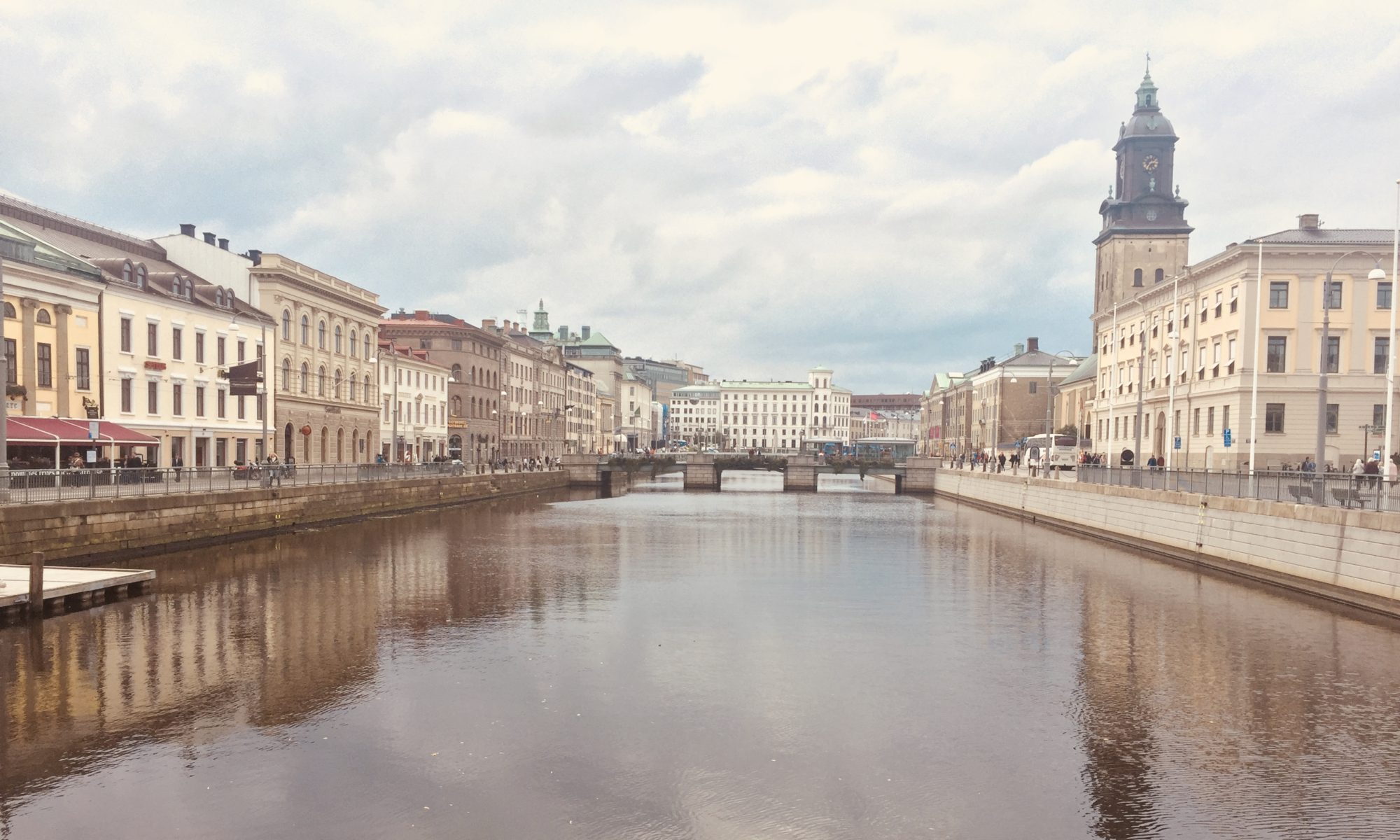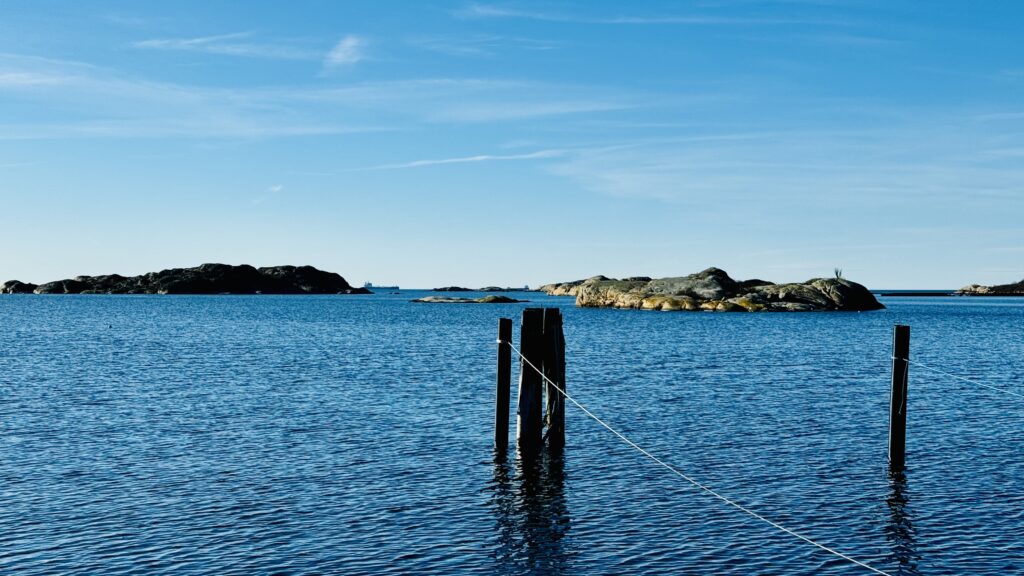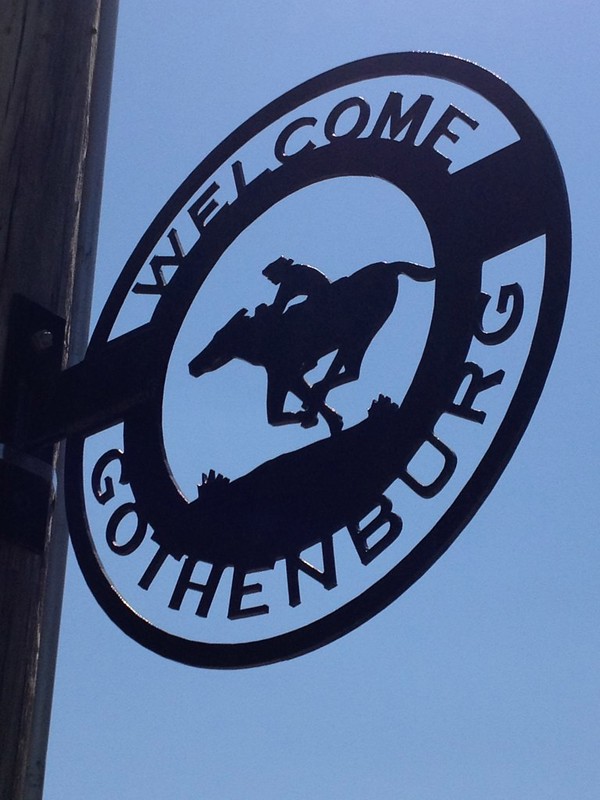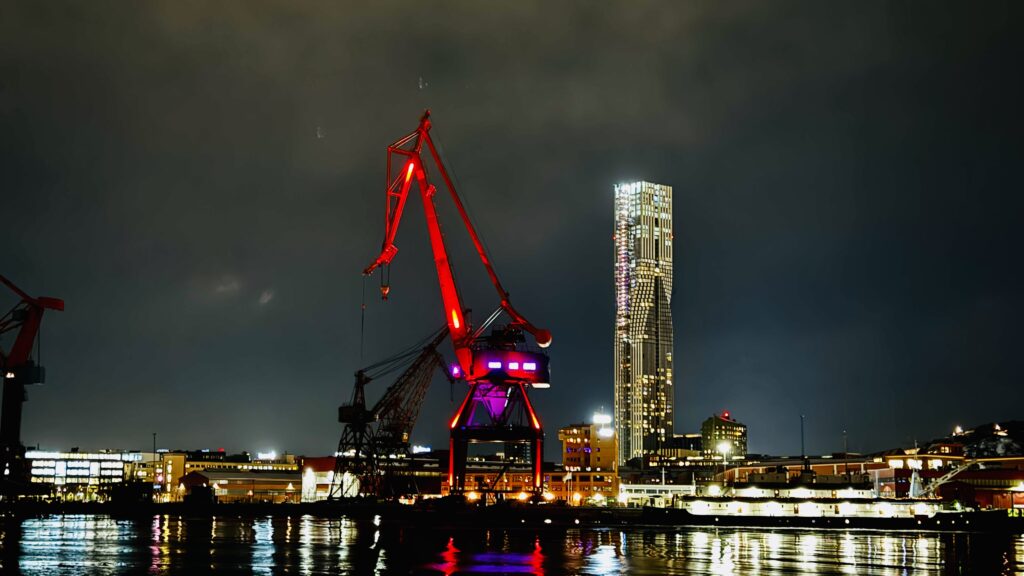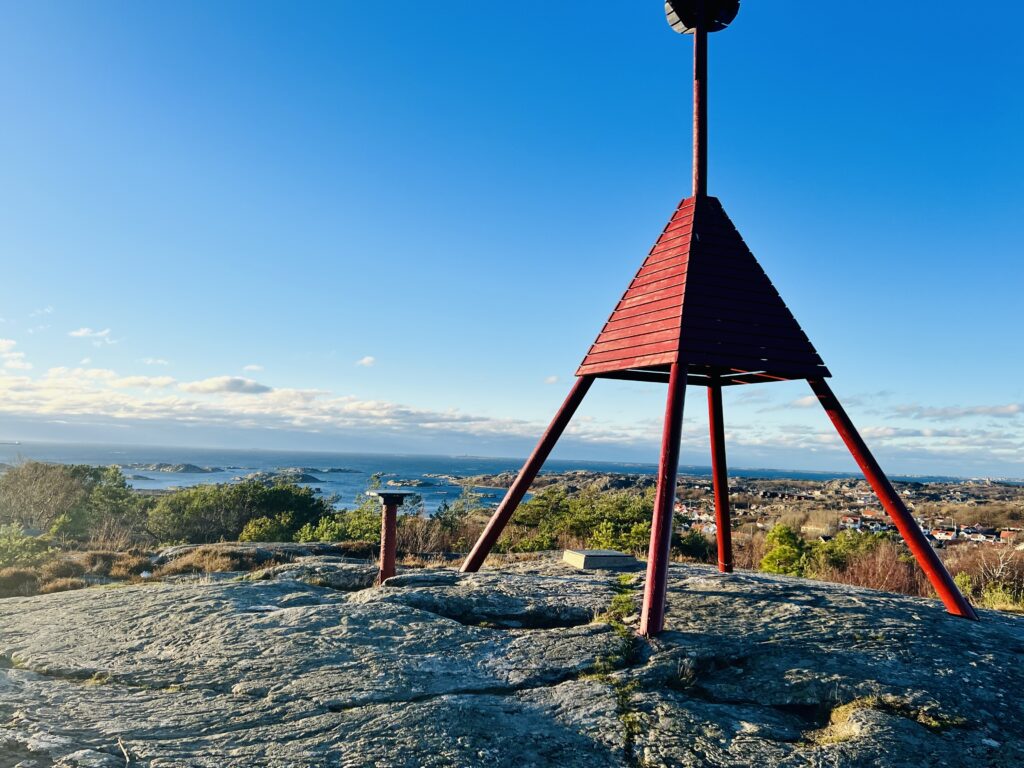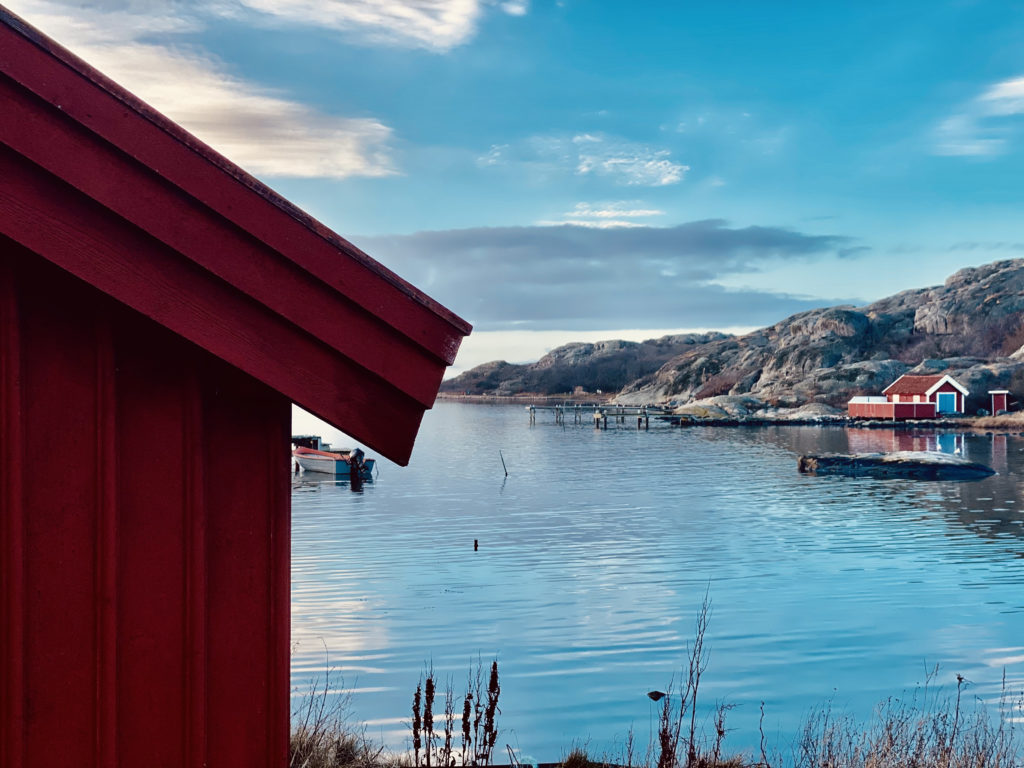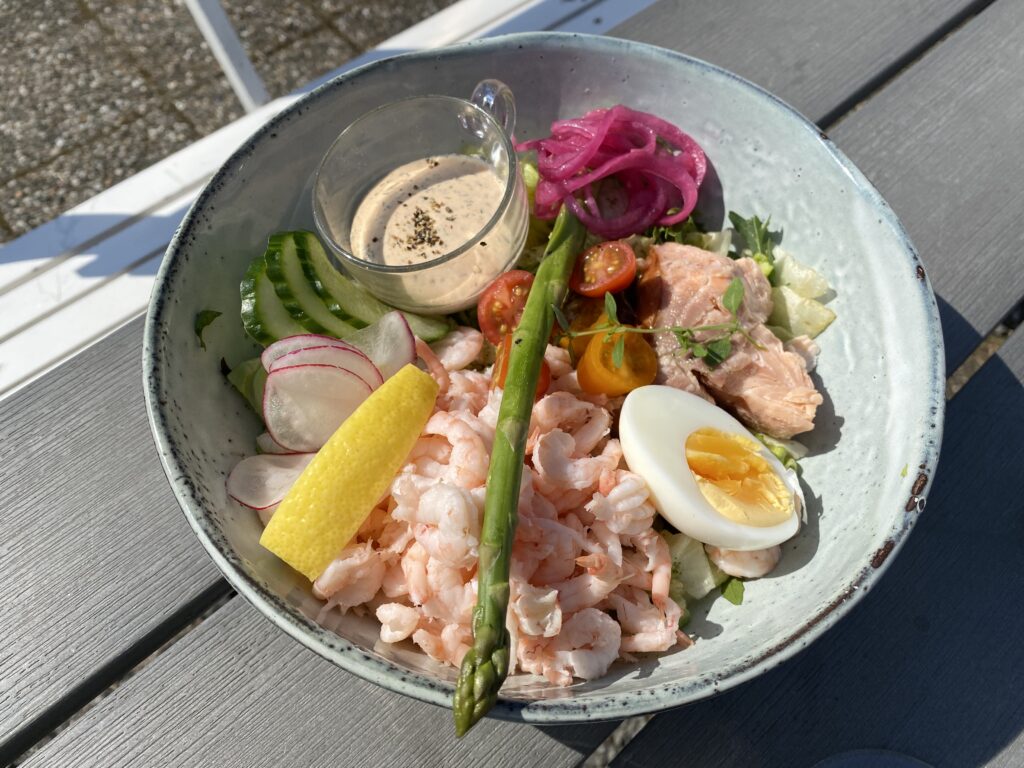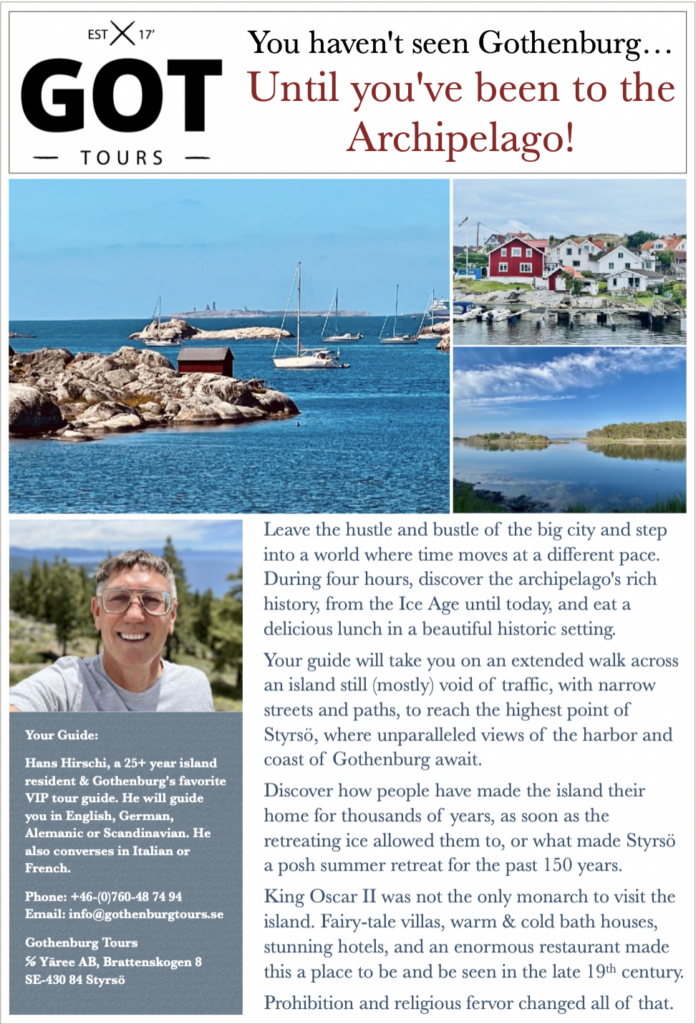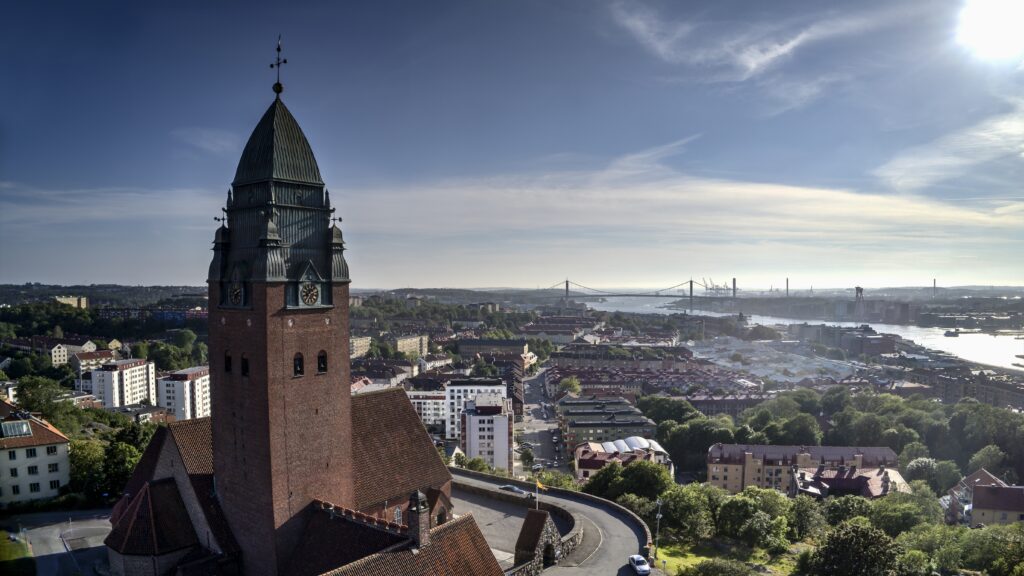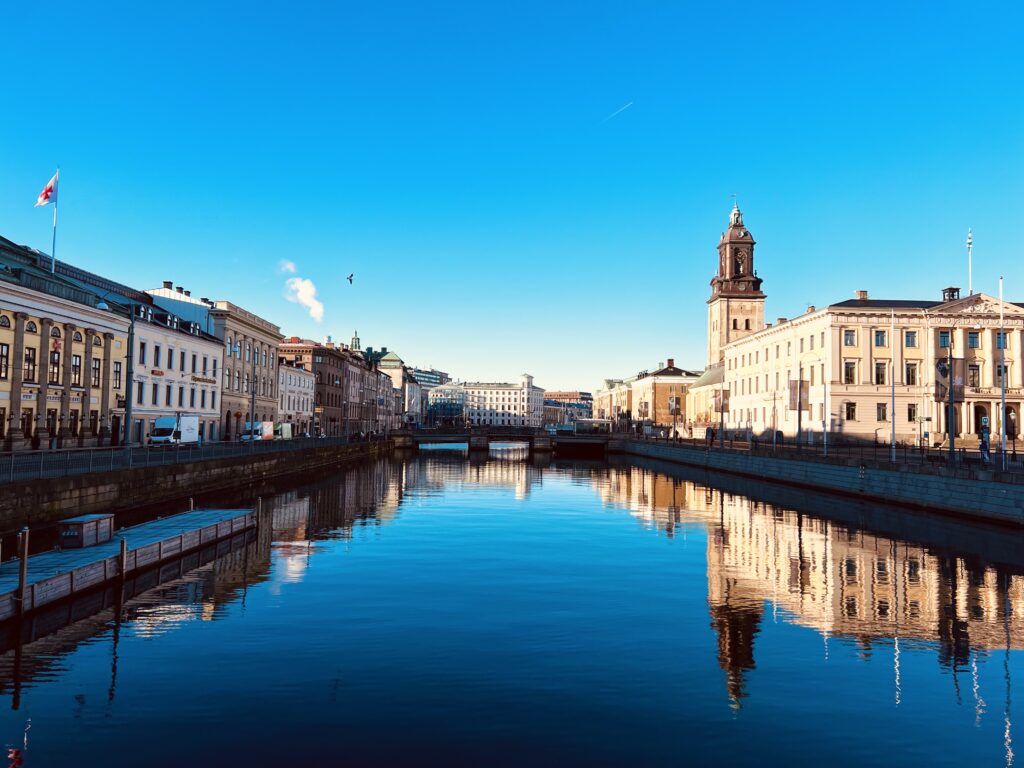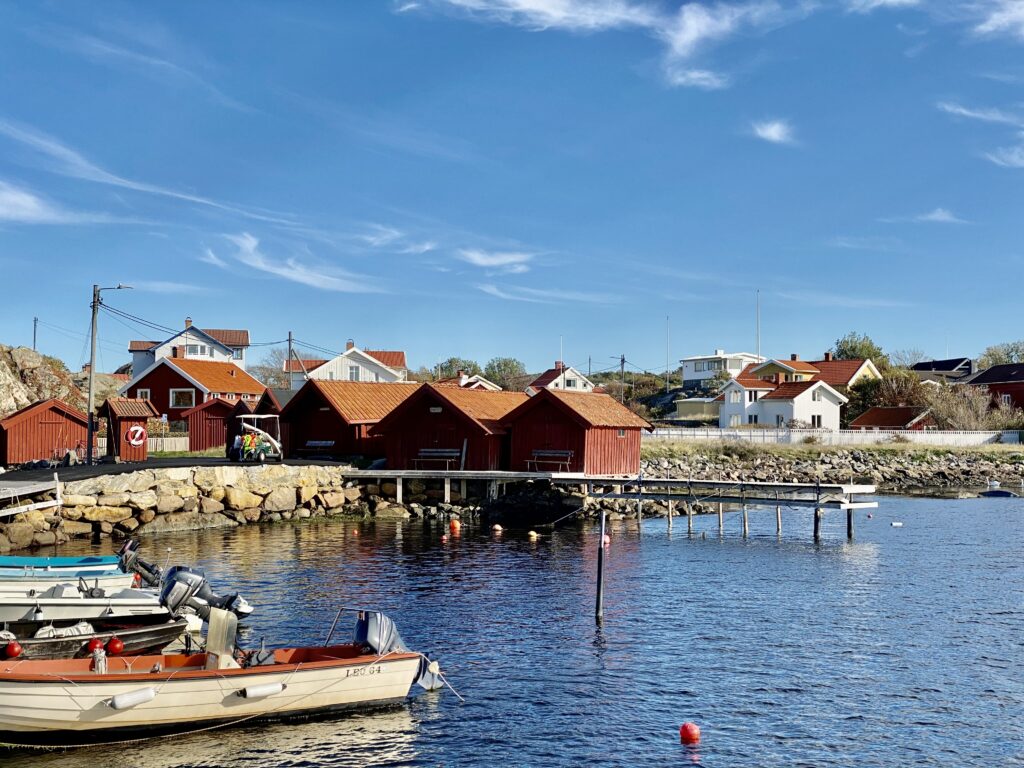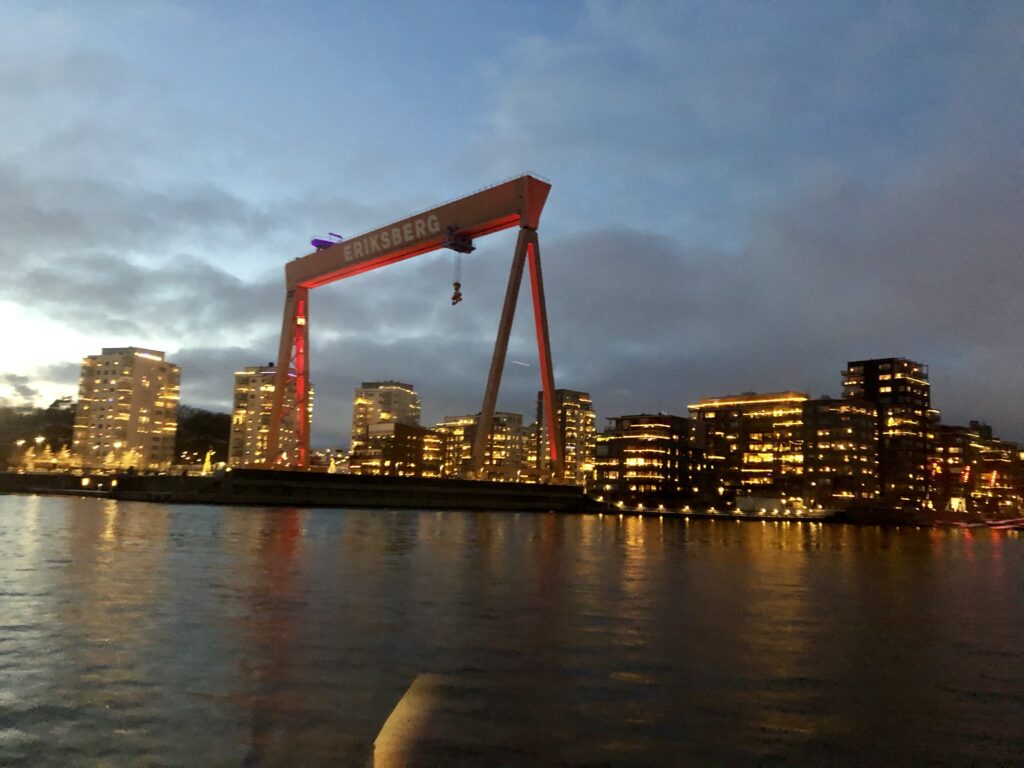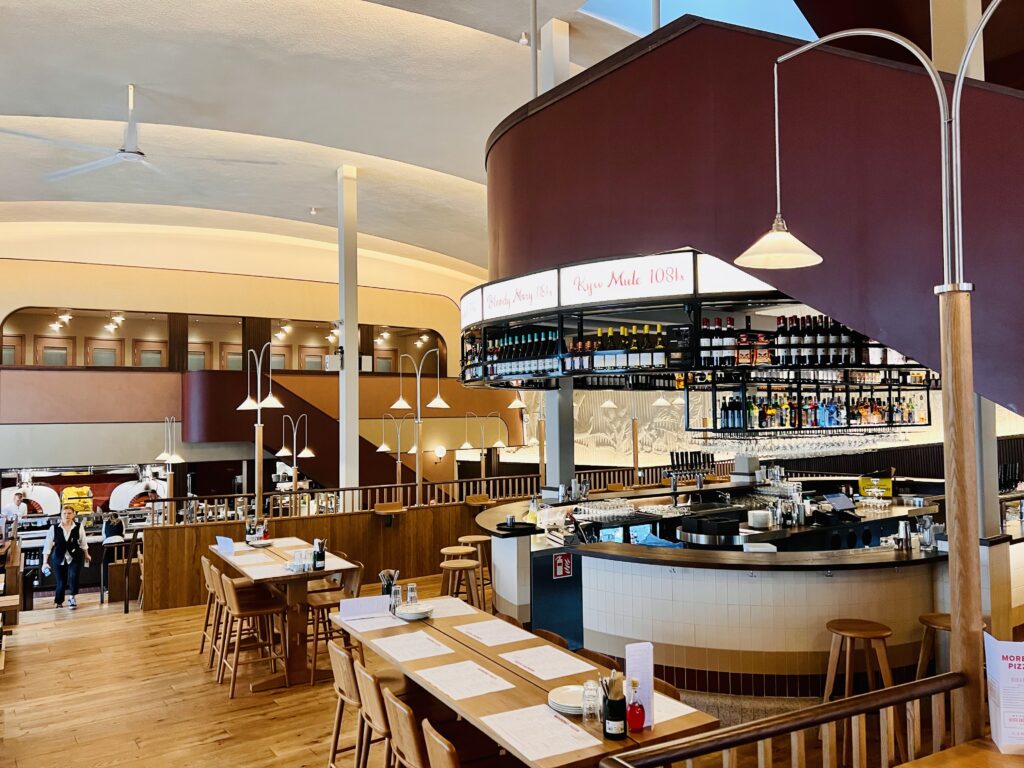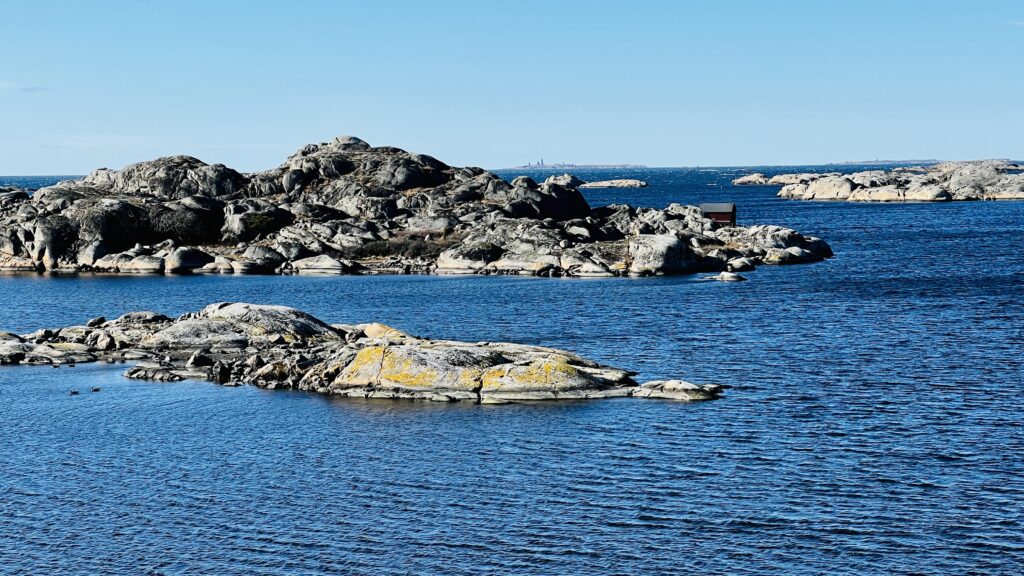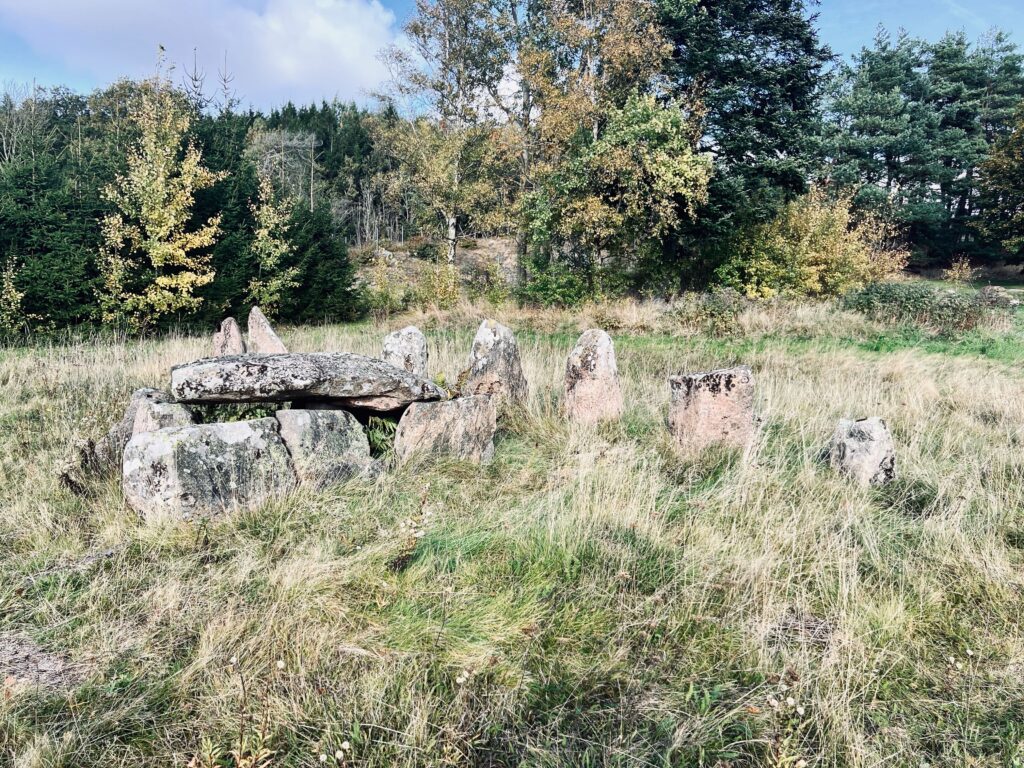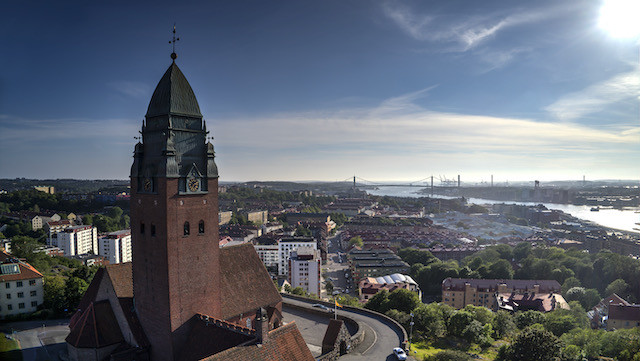“Swedish Fika” is the biggest tourist trap a visitor to our country can walk into. Why? Because it’s nothing but a four-letter-word and fancy marketing. Don’t be fooled by it. Certainly don’t let yourself be lured into paying extra for nothing special.
Jaw-dropping email
As a tour guide, you see everything. A couple of days ago my WhatsApp went crazy with a request from a faraway travel agent trying to book their guests currently in Gothenburg to arrange for a “tour” dubbed “Swedish Fika”. The idea? A guide takes you to a café to have a typical Swedish Fika. Cost? Yeah, plenty given that the company in question takes up to ten people on its tours…
What is a Swedish Fika, really?
The Swedish Board of Tourism claims that it is this unique Swedish tradition (it’s not!) to meet with friends in a café or at the workplace to have coffee/tea with something sweet. As a European immigrant to Sweden, I can vouch that other cultures meet up for tea (England for one) or coffee (Vienna, anyone?) with sweets as well. I mean let’s face it who doesn’t? Leaves us with the word “fika”, and that’s probably it. Right? I know of no other language (I’ve studied twelve) that has a word for “hot beverage with sweets” except Sweden.
From a fancy word to a tourist trap

If you walk into a souvenir shop in Sweden you’ll see a gazillion trinkets with the word “fika” on it, from spoons to mugs, cups, and platters, in the colors of the Swedish flag (cringe!) to the rainbow flag (not that I understand the connection there.) But when something is on every other item in a store, seriously threatening Sweden’s all-time favorite, the Dalecarlia Horse.
Would you buy a pen that says “five o’clock tea” or “high tea” on it? I have to hand it to our tourist board. They’ve really managed to hype this word into something it’s never been, a phenomenon, and even when you read their full shpiel it’s not factually false, but it’s not that big a deal either. We are not the only people eating cake with our coffee at a café. What else is there do to there?
Here’s an idea instead…
Now, before you pay €80 a pop to go to a café with a nanny, why don’t you spend that money on yourself? You don’t really need a guide to tell you to choose between a latte or an espresso or which cake to choose from. Instead, with the money left from your fika with your family or friends, go buy a great souvenir to remember Sweden by. If you’re here in Gothenburg, we are obviously famous for our streetcars which are available as fridge magnets or key chain accessories, but if you really want a typical West Coast souvenir, try to find a place where you can buy art from a local artist, e.g. a small painting or why not something made from wreckage goods. It’s a personal favorite of mine and typical for our region. It’ll beat a plastic fika plate any day with your loved ones. Here’s a local artist who excels at this, John Sanderson.
